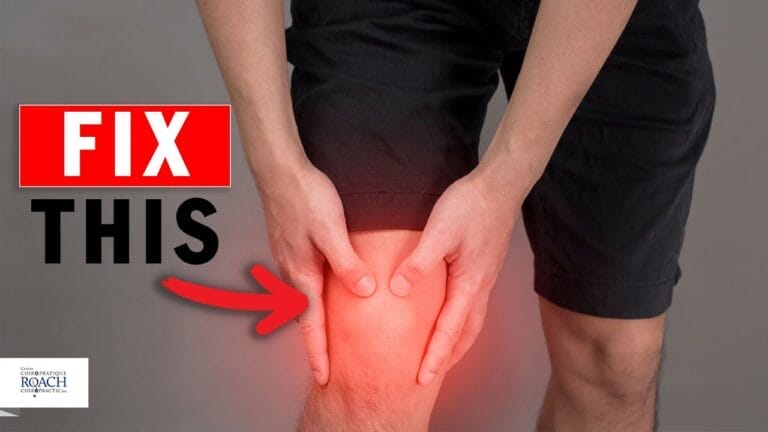Chiropractic Care are Rheumatoid Arthritis

Rheumatoid arthritis (RA) is a chronic autoimmune condition that affects the joints, leading to pain, inflammation, and stiffness. Unlike osteoarthritis, which results from wear and tear, RA occurs when the immune system mistakenly attacks the body’s own tissues. While there is no cure for RA, chiropractic care offers a non-invasive, drug-free approach to managing symptoms and improving musculoskeletal health. This blog post explores the role of chiropractic care in RA treatment, identifying symptoms, proactive management strategies, and the importance of ongoing care.
Understanding Rheumatoid Arthritis
RA primarily affects the synovial lining of joints, causing persistent inflammation that can lead to joint damage, deformities, and reduced mobility. Over time, RA can also impact other organs, including the heart, lungs, and eyes.
Canadian and Worldwide Statistics
- Approximately 374,000 Canadians live with diagnosed RA.
- Globally, an estimated 17.6 million people have RA, with prevalence expected to rise to 31.7 million by 2050.
- Women are more likely to develop RA than men, with symptoms often appearing between ages 30 and 60.
Identifying Symptoms of Rheumatoid Arthritis
RA symptoms vary in severity but commonly include:
- Joint pain, swelling, and tenderness, particularly in the hands, wrists, and feet.
- Morning stiffness lasting longer than 30 minutes.
- Fatigue and low-grade fever.
- Symmetrical symptoms, meaning both sides of the body are affected.
Step-by-Step Guide to Managing RA with Chiropractic Care
1. Chiropractic Adjustments
Chiropractic care focuses on gentle joint mobilization to improve spinal and peripheral joint mobility. Chiropractors avoid high-velocity spinal manipulations due to the risk of fractures in RA patients.
2. Soft Tissue Therapy
Massage and soft tissue techniques help reduce muscle tension and improve circulation, promoting relaxation and pain relief.
3. Stretching & Strengthening Exercises
Regular exercises help maintain flexibility and reduce stiffness. Chiropractors often recommend:
- Gentle joint stretches to improve mobility.
- Low-impact exercises such as swimming or yoga.
- Breathing exercises to enhance lung capacity.
4. Lifestyle Adjustments
- Maintain proper posture to reduce strain.
- Follow a nutrient-rich diet to support joint health.
- Engage in stress management techniques to reduce inflammation.
Chiropractic Quote
“Chiropractic care aims to relieve nerve pressure and restore normal function, allowing messages to be passed from the central nervous system to the body more freely.” – Dr. Christina Schoer
Short and Long-Term Benefits of Chiropractic Care
Short-Term Benefits:
- Immediate pain relief and reduced muscle tension.
- Improved mobility and flexibility.
Long-Term Benefits:
- Prevention of chronic musculoskeletal issues.
- Enhanced nervous system function and overall well-being.
Best Practices & Routines for RA Management
- Daily stretching to maintain flexibility.
- Regular chiropractic visits to prevent misalignment.
- Hydration and nutrition to support joint health.
Trusted Resources for More Information
The Importance of Ongoing Chiropractic Care
Consistent chiropractic care helps maintain spinal alignment, reducing the likelihood of RA-related musculoskeletal issues. By addressing nerve interference and muscle tension, chiropractic adjustments provide long-term relief and improve overall mobility.
While RA presents unique challenges, chiropractic care offers an effective, non-invasive solution to manage symptoms and improve quality of life. If you’re living with RA and seeking relief, consider scheduling an appointment with Roach Chiropractic to explore personalized treatment options. Contact us today to start your journey toward better mobility and wellness!
SHARE THIS






